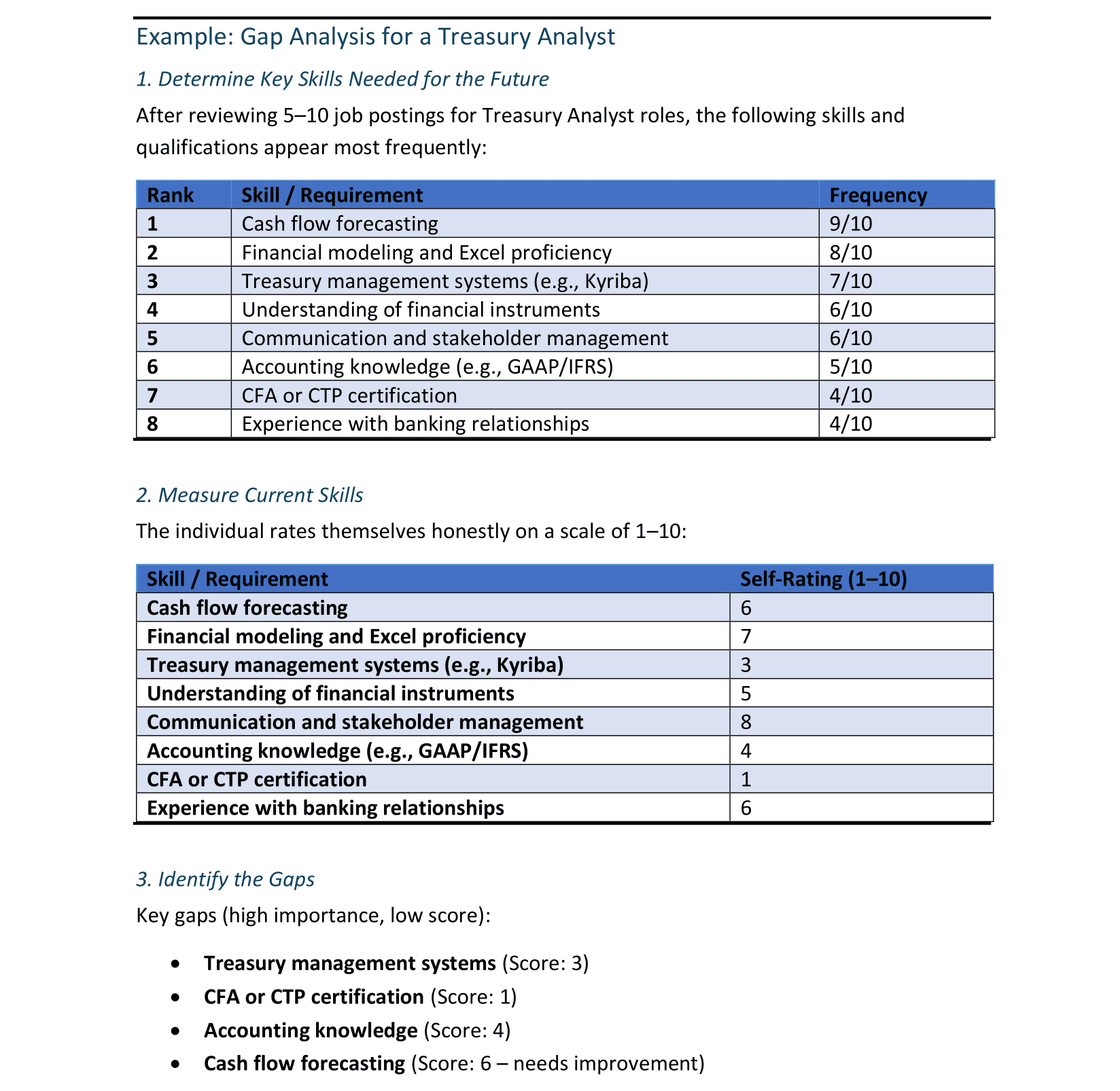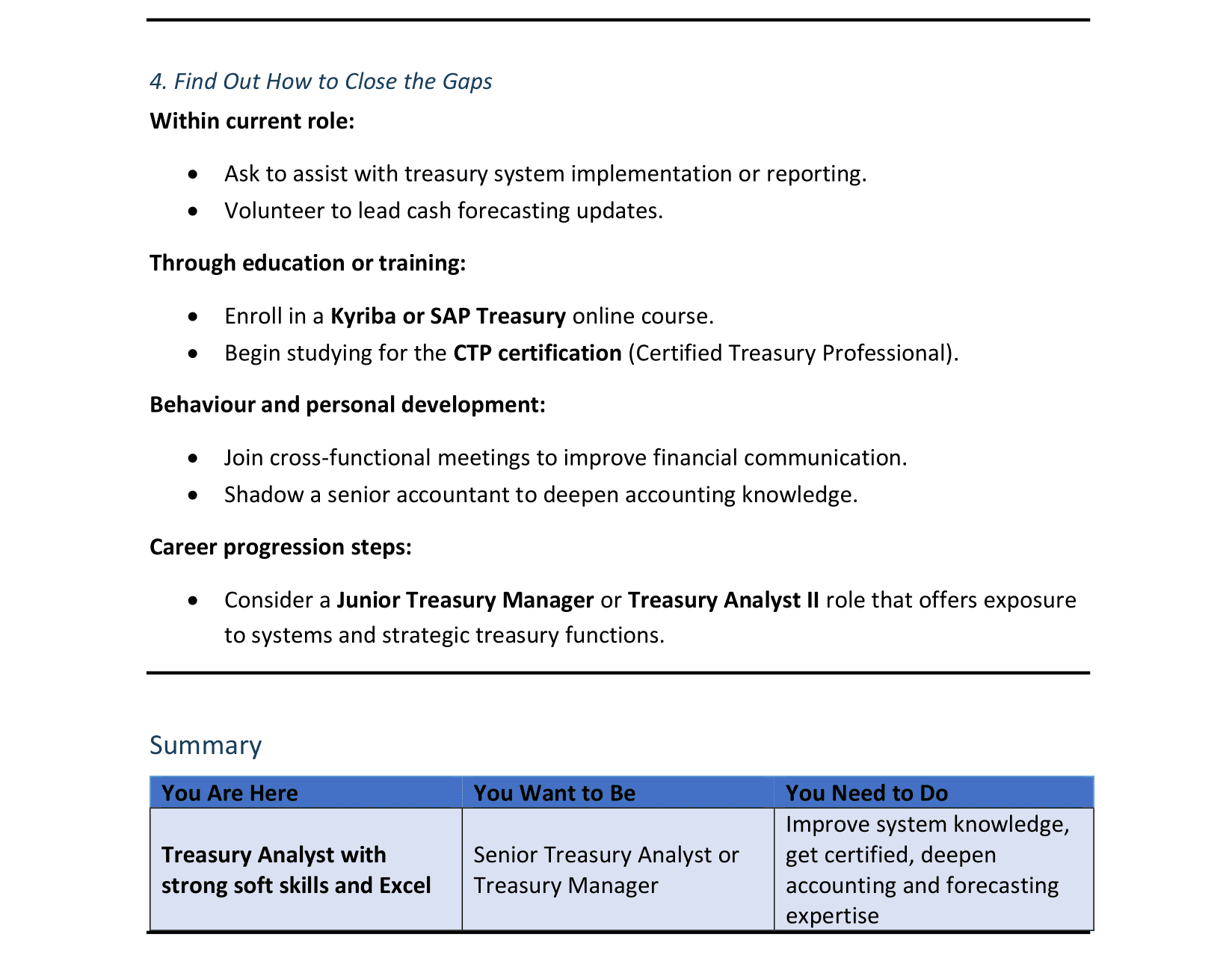
We speak a lot about them, but hardly ever hear a corporate treasurer tell us about how smooth the implementation of the new TMS went. Best reviews were situations where the treasurer knew the solution from before, was a great project leader and willing to do the operational. Perhaps he was just bragging 😉
Most implementations are led by treasury consultancy firms who, on average, do a great job. They have done it before, they have the expertise, have back up colleagues when needed and do not eat too much time out of your already tight budget.
Next to compliments, we also hear corporate treasurers sometimes complain. The consultancy firm might claim too steep a price and are constantly on the look-out which project with you they can pick up next. The consultant who sold the project and did the intake is not the one doing the actual work, information is lost. The very junior consultants are sometimes educated not by their colleagues but by you, the client and corporate treasurer, and your colleagues. And in this tight labour market, also consultancies suffer from fluctuation, resulting in you having new contact persons constantly.
There is another option that might tackle some of these issues: hiring an interim manager. Depending on your requirements, it might be a former consultant now operating under own name. Often cost is lower, many of them are more hands-on and the commitment often feels differently, which for example makes it easier to call again. Downside would be if the interim manager gets sick or is not available for another reason. Continuity is an issue. Also expertise could be too narrow.
It is obvious that this is not a simple equation and it depends on your situation what would work best for you. Time, money, DIY as much as possible are all factors. And sometimes it is as simple that consultants are not available and you have to settle for an interim manager. Or the other way around.








